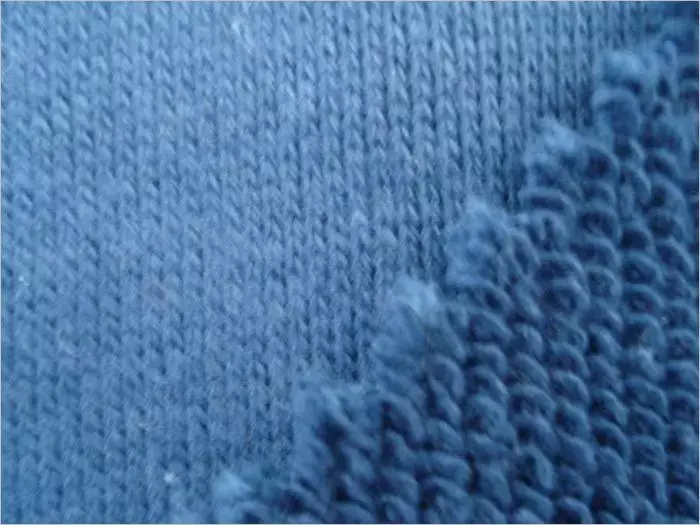Styling characteristics of fabrics
1. Soft fabric
Soft fabrics are generally thinner, have good drape, have smooth shape lines, and naturally stretch the silhouette of the garment. Soft fabrics mainly include knitted fabrics and silk fabrics with loose fabric structures, as well as soft and thin linen fabrics. Soft knitted fabrics often use linear and concise shapes in clothing design to reflect the graceful curves of the human body; silk, linen and other fabrics often use loose and pleated shapes to express the flow of fabric lines.
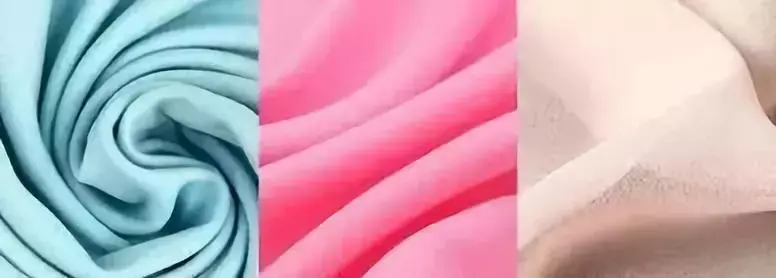
2. Crisp fabric
The crisp fabric has clear lines and volume, and can form a plump clothing outline. Commonly used fabrics include cotton, polyester-cotton, corduroy, linen, and various medium-thick wool and chemical fiber fabrics. This type of fabric can be used in designs that highlight the accuracy of clothing shapes, such as suits and suits.
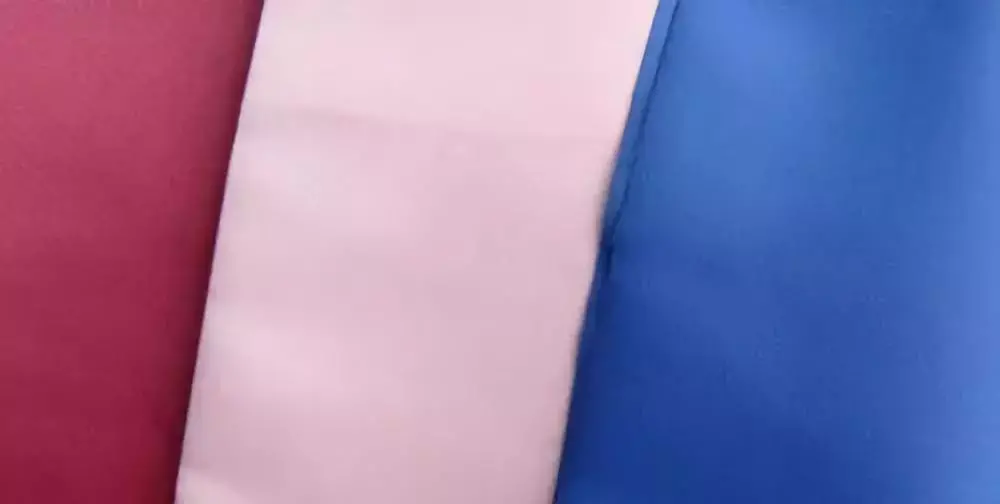
3. Glossy fabric
Glossy fabric has a smooth surface and can reflect light, giving it a shiny feel. Such fabrics include fabrics with a satin weave structure. It is most commonly used in evening wear or stage performance clothing, producing a gorgeous and dazzling strong visual effect. Glossy fabrics have a wide range of styling freedom in dress performances, and can have simple designs or more exaggerated styling methods.
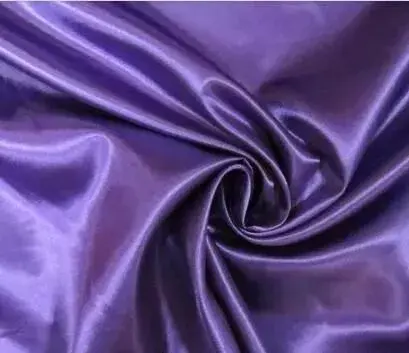
4. Thick and heavy-duty fabrics
Thick and heavy-duty fabrics are thick and stiff and can produce stable styling effects, including all kinds of thick woolen and quilted fabrics. The fabric has a sense of body expansion and should not be pleated or piled too much. A-shaped and H-shaped shapes are the most appropriate in the design.
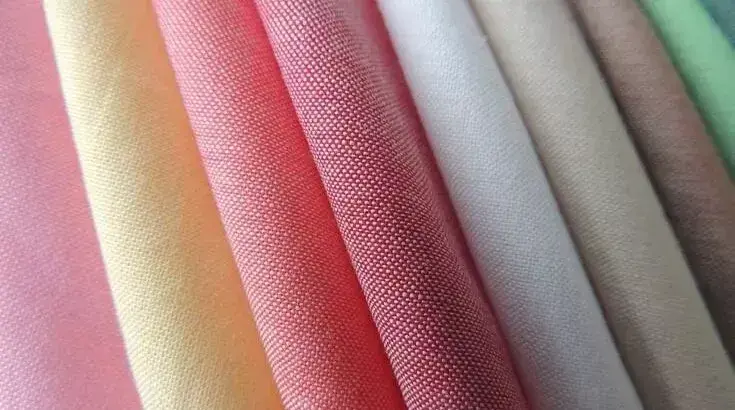
5. Transparent fabric
Transparent fabric is light, thin and transparent, with an elegant and mysterious artistic effect. Including cotton, silk, chemical fiber fabrics, etc., such as georgette, satin silk, chemical fiber lace, etc. In order to express the transparency of the fabric, H-shaped and circular cone-shaped designs with natural and full lines are commonly used.
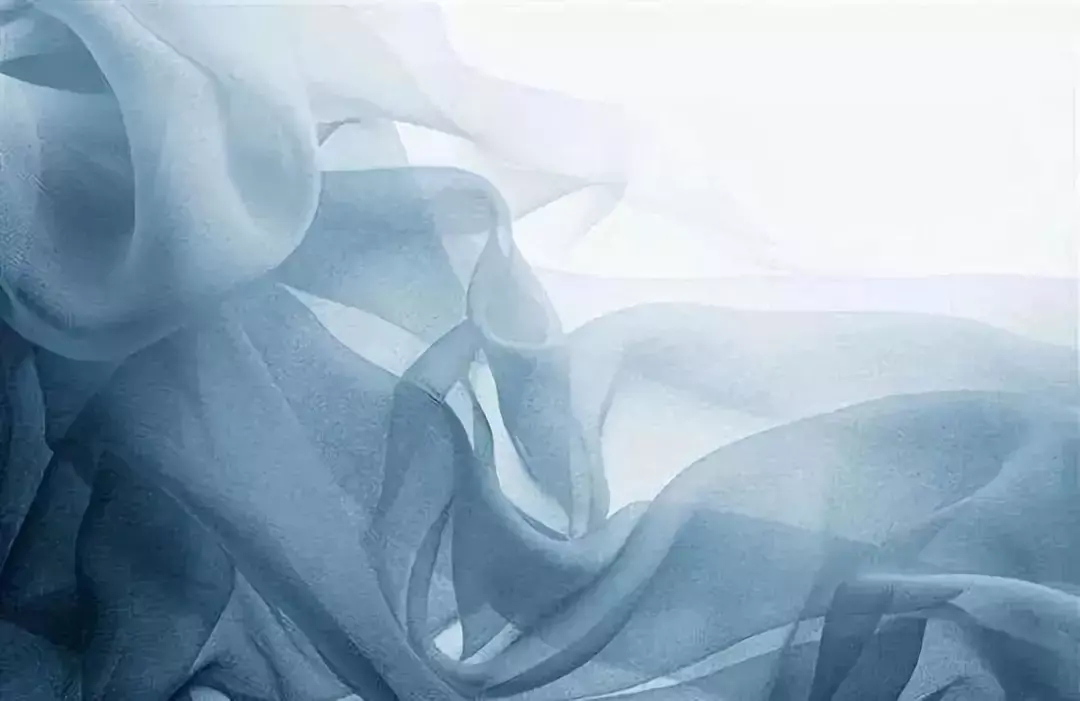

Commonly used fabrics for clothing
1. Pure cotton
Natural fabric, comfortable to wear, breathable, warm, but easy to wrinkle, difficult to care for, poor durability, and easy to fade. Therefore, there are very few fabrics that are 100% cotton. Usually, the fabric containing more than 95% cotton is called pure cotton.
Advantages: strong hygroscopicity, good dyeing performance, soft hand feel, comfortable to wear, no static electricity, good breathability, anti-allergic, simple appearance, not susceptible to insects moth-proof, durable and easy to clean.
Disadvantages: large shrinkage, poor elasticity, easy to wrinkle, poor shape retention, easy to mildew, slight fading, not acid resistant
p>
Note: Clothing and cotton cloth should be moisture-proof and mildew-proof during storage, use and storage; they should not be exposed to the sun for a long time, and the inner layer should be turned out when drying. Wring it dry, prevent moisture and mildew, and dry in the shade. It can be machine washed or hand washed, but due to the poor elasticity of the fiber, it is best to wash it or not wash it by hand vigorously during washing to avoid deformation of the clothes and affecting the size. It is best to wash cotton fabrics in cold water to maintain the original color. Do not soak them for a long time. Key points for ironing: iron at low and medium temperatures; when ironing at medium temperatures, cover the clothes with a dry cloth to avoid aurora. Ironing should be done at low or medium temperature; when ironing at medium temperature, the clothes should be covered with a dry cloth to avoid aurora.
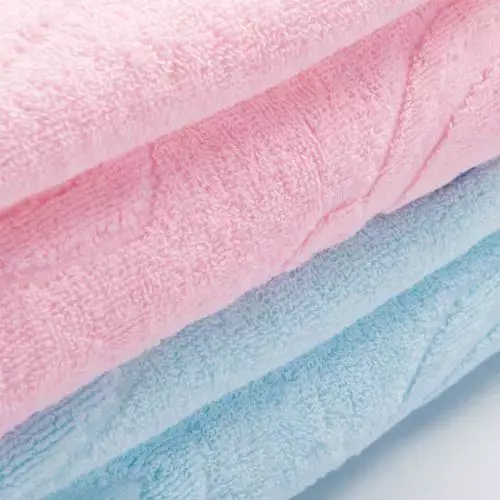
2. Cotton mercerization
Advantages: Cotton fabrics are treated with high concentration caustic soda ( After processing (hair), it feels smooth, has bright colors, silky luster, and is comfortable to wear.
Disadvantages: Slight fading.
Note: (Basically the same as cotton fabric).

3. T/C fabric (polyester/cotton)
Fabric technology: It is made of fine or ultra-fine denier polyester fiber interwoven with high-count combed cotton (count 40, 60, 80, etc.).
Advantages: The fabric feels crisp and smoothThe material is made by cutting loops. The product is composed of ground yarn and pile yarn. The ground yarn is generally made of low-elastic polyester yarn or low-elastic nylon yarn. The elasticity of the ground yarn is beneficial to fixing the pile and preventing it from falling off.
Falling and velvet yarns generally use cotton yarn, polyester-cotton blended yarn or other short fiber yarns. The color is bright and natural, the velvet feeling is full, and the hand feel is comfortable and soft.
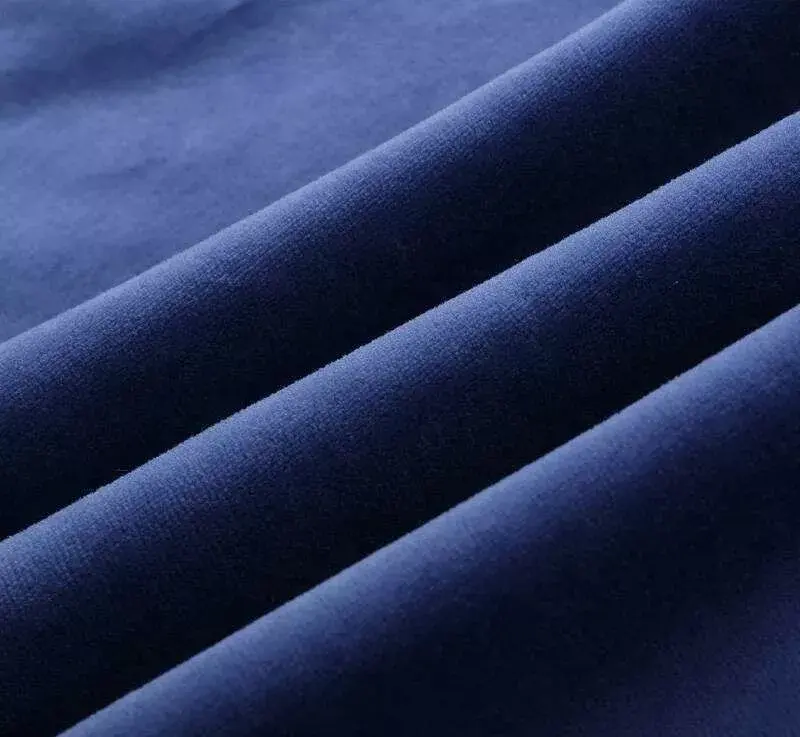
4. Corduroy: soft to the touch, round and straight velvet strips, clear texture, plump velvet, and firm and wear-resistant texture.

5. Coral velvet: fine texture, soft to the touch, no lint, no pilling. Does not fade. Excellent water absorption performance, three times that of cotton products. No irritation to skin, no allergy. Beautiful appearance and rich colors. It is an alternative product to cotton bathrobes that has just emerged abroad.
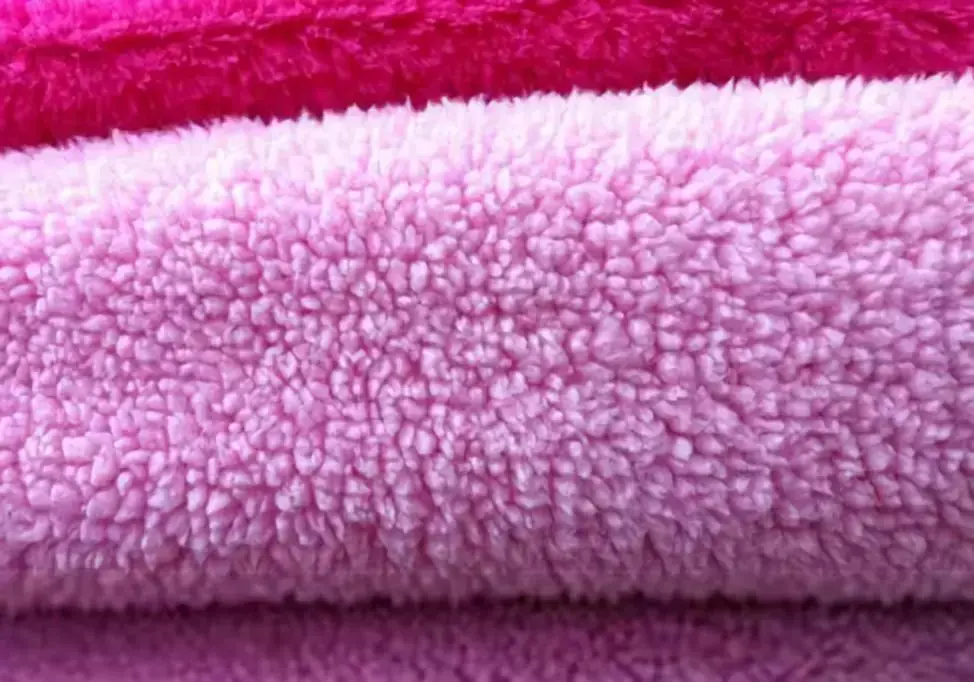
6. Polar fleece: Polar fleece is a kind of knitted fabric. It has a small ingot knitted structure. The front of the fabric is brushed, and the polar fleece is fluffy and dense. It is not easy to shed or pill. The nap on the back is sparse and even, with short fluff, clear texture, fluffy and excellent elasticity. Its ingredients are generally pure polyester and soft to the touch. It has been the first choice product to keep out the cold in the past two domestic winters.
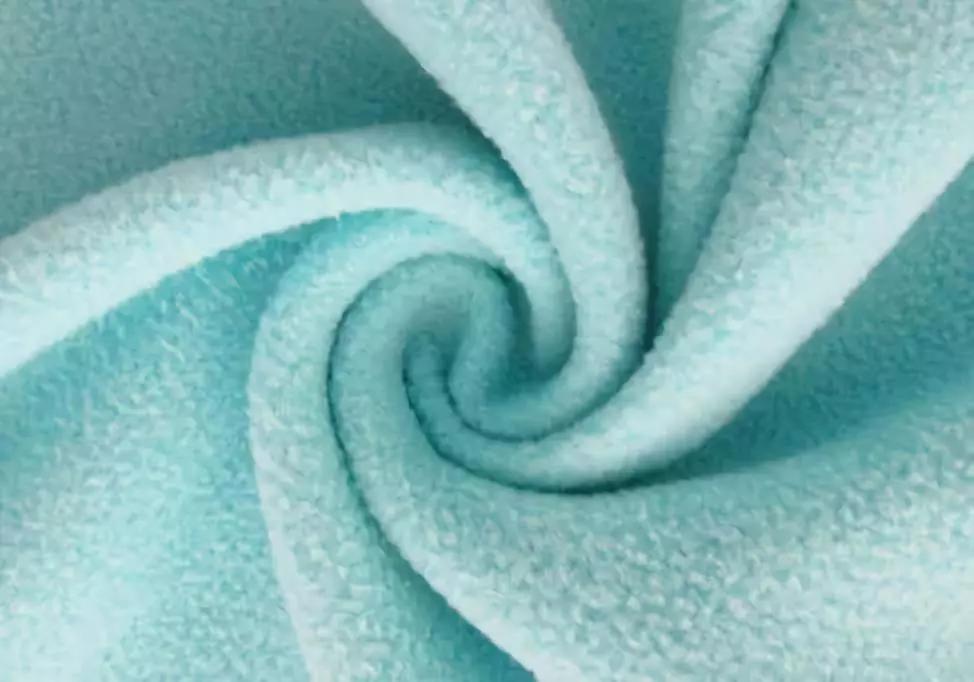
7. Fleece cloth: one side of fleece, fleece fabric, with strong style and texture, soft, comfortable, good elasticity and wear resistance It is strong and can store a large amount of air between the villi, so it has good thermal insulation performance.
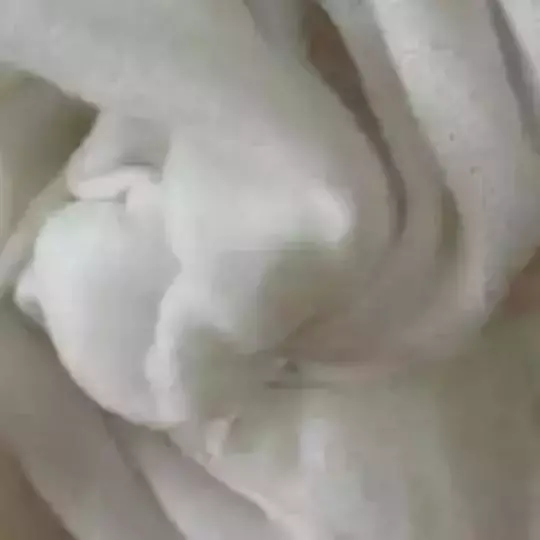
8. Terry cloth: This kind of fabric has a plump and thick feel, a strong and thick body, good elasticity, hygroscopicity, and warmth retention. The structure is stable and has good wearing performance. Mainly used as sportswear, lapel T-shirts, pajamas, children’s clothing and other fabrics.
